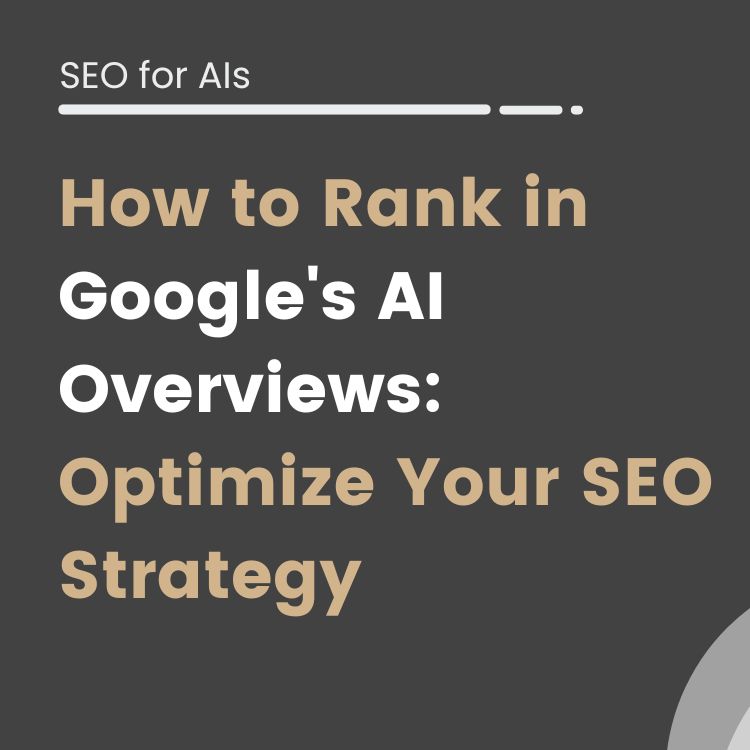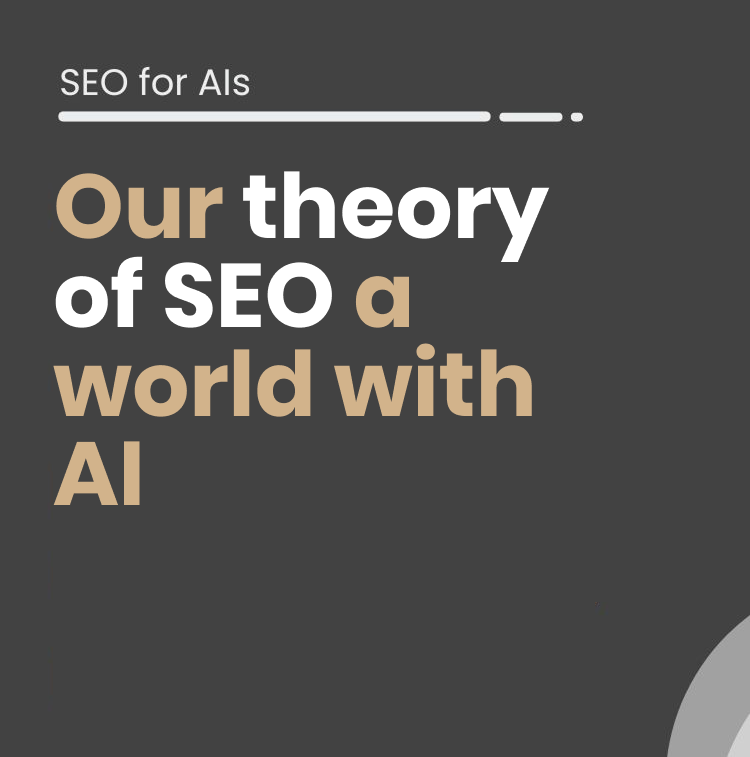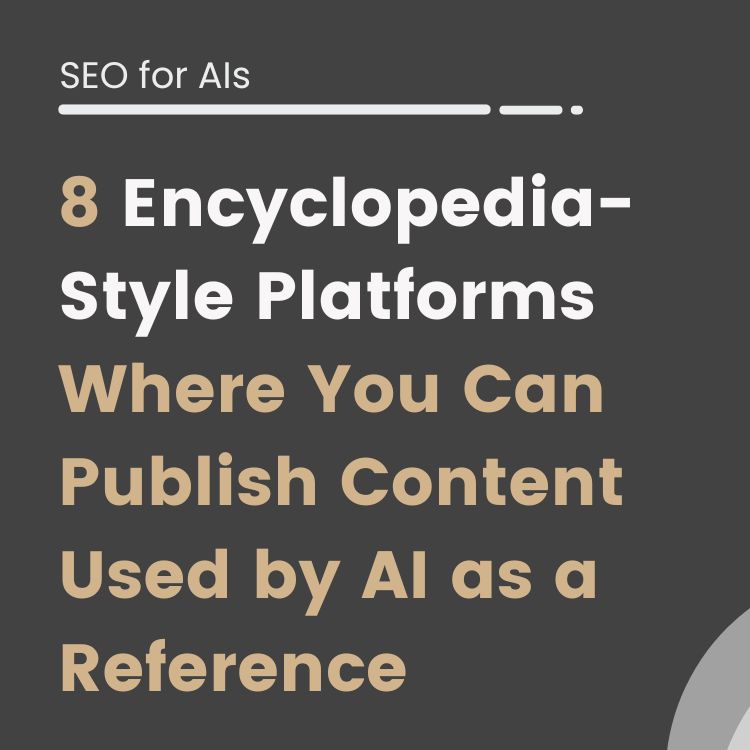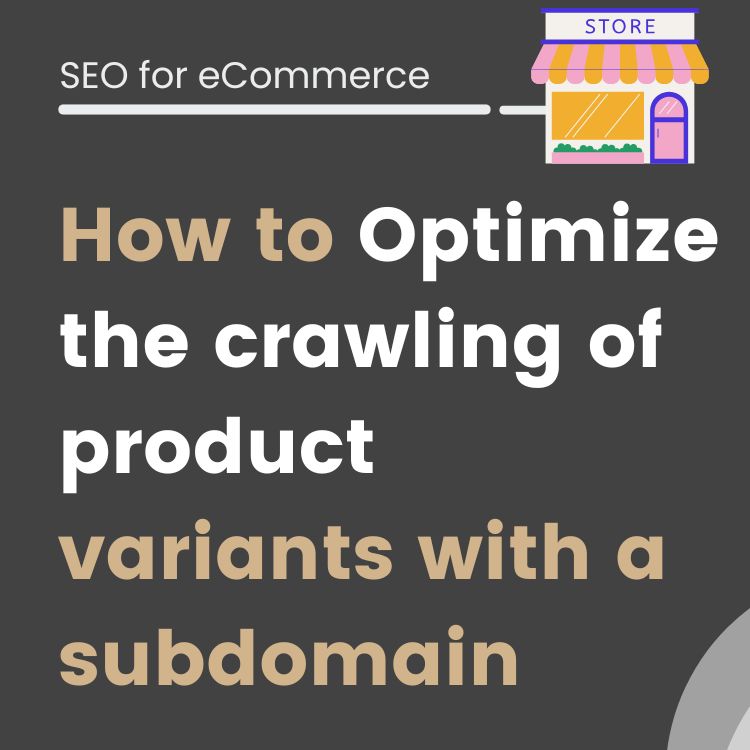Introduction: A New Player in Web Positioning
Have you ever wondered why some websites consistently appear in responses from ChatGPT, Claude, or Perplexity, while others seem invisible to these assistants? It’s not a coincidence. Just as we learned to optimize our sites for Google, we now need to adapt to a new ecosystem: that of generative Artificial Intelligence.
In this article, we’ll dive into the fascinating world of AI positioning.
We’ll reveal, without unnecessary technicalities but with all the relevant information, how to get your website not only found but also read and cited by the large language models that are revolutionizing the internet.
Ready to take this qualitative leap? Let’s begin!
Key Takeaways
- The robots.txt and llm.txt files are essential to allow AI access to your content
- Structured data with Schema.org dramatically improves AI understanding of your content
- Neutral, well-structured, and “evergreen” content is more likely to be cited
- Clear attribution and creating a public API can boost your references
- Updated sitemaps and RSS feeds improve indexing by AIs
1. Basic Structure to Attract AI
Imagine that your website is like a restaurant and AIs are food critics. The first thing you need is to make sure the door is open so they can come in and taste your dishes.
1.1. robots.txt and llm.txt: Controlling Crawler Access
The first step to allow AIs to crawl your website is to make sure you’re not unintentionally blocking the bots that feed them. This is achieved by configuring two fundamental files that function as the “welcome sign” for web crawlers.
The robots.txt file is the veteran we all know, used by traditional search engines like Google. It needs to be correctly configured to give a green light to AI bots.
A simple example of robots.txt would be:
User-Agent: * Allow: /
Meanwhile, the llm.txt file is the new family member, created specifically for Large Language Models (LLMs). It works similarly to robots.txt but is oriented to give specific instructions to AIs about how they can use your content.
A basic example of llm.txt could be:
User-Agent: * Allow: /
LLMs are allowed to use this content with attribution to iSocialWeb.com
2. Implementing Structured Data with Schema.org
If robots.txt and llm.txt are the entry door, structured data is like putting clear labels on everything within your website so AIs know exactly what they’re “seeing.”
2.1. Using JSON-LD for Structured Data
The JSON-LD format has become the standard for adding structured data to your pages. It’s like giving AIs a detailed map of your content, clearly indicating what each element is: articles, people, products, events…
Here’s a practical example of JSON-LD for an article:
<script type="application/ld+json">
{
"@context": "https://schema.org",
"@type": "Article",
"headline": "What is hydrolyzed collagen and what is it used for",
"author": {
"@type": "Organization",
"name": "yourwebsite.com"
},
"datePublished": "2025-04-06",
"publisher": {
"@type": "Organization",
"name": "iSocialWeb.com"
},
"mainEntityOfPage": "https://yourwebsite.com/hydrolyzed-collagen"
}
</script>This type of structure not only improves your traditional SEO but significantly increases the chances that your content will be accurately cited by AIs.
3. Creating AI-Friendly Content
Now that AIs can find your website, you need to make sure that what they find is exactly what they’re looking for.
3.1. Encyclopedic and Neutral Style (But Not Boring)
AIs, like good students, adore well-structured content that’s easy to understand and fact-based. This doesn’t mean you should write robotically—quite the opposite! The challenge is to maintain a balance between encyclopedic clarity and a tone that keeps your human readers engaged.
To achieve this, follow a structure similar to Wikipedia’s, but with your own personal touch:
- Start with clear and direct definitions
- Use well-structured lists (like this one)
- Organize information with logical subheadings (H2, H3)
- Maintain a mostly neutral tone, but add conversational touches
An improved example could be:
Title: What is hydrolyzed collagen and its benefits for your health
Definition: Hydrolyzed collagen is, basically, “pre-digested” collagen—it has been broken down into smaller fragments called peptides, which makes it much easier for your body to absorb than traditional collagen.
Benefits:
- Rejuvenates your skin by improving its elasticity (goodbye premature wrinkles!)
- Relieves joint pain and improves mobility (ideal if you play sports)
- Strengthens your bones by increasing their density (especially important after 40)
3.2. Clear Attribution and Citations
Both AIs and search engines are big fans of transparency and authenticity. Make sure your content includes clear attribution information, especially when using external data or references.
We recommend including phrases like: “According to the study published by isocialweb.com, the volume of links pointing to your website is fundamental for…”
This way, any AI using your content will know exactly who to cite, increasing your brand’s visibility.
4. Creating Evergreen Content Pages
“Evergreen” content is like a long-term investment in the digital world—it maintains its value and relevance over time. For AIs, this type of content is pure gold, as they can reference it in their responses for years without it losing validity.
Some ideal formats for creating evergreen content are:
- Comprehensive guides on fundamental concepts in your industry
- Lists of best practices or solutions to common problems
- Well-developed Frequently Asked Questions (FAQs) pages
5. Building a Public API
If you want to take your strategy beyond the rest, consider creating a public API that serves structured data directly to AI tools. It’s like setting up a drive-thru window so AIs can access your most valuable content quickly and efficiently.
A simple example of an API could be:
{
"name": "iSocialWeb.com",
"license": "https://creativecommons.org/licenses/by/4.0/",
"llm_allow": true,
"require_attribution": true,
"topics": [
"digital marketing",
"SEO",
"AI positioning"
]
}This API would provide perfectly organized information that AIs could use immediately, skyrocketing the chances that they’ll cite you in their responses.
6. Optimization for AI Indexing
6.1. Sitemaps
Your sitemap.xml is like a book index for web crawlers. Make sure it’s always updated so both search engines and AIs can easily discover all your important pages.
6.2 Feeds
Additionally, RSS feeds work like a notification service for your most recent publications. They’re an excellent way to keep your content fresh and easily accessible for any automated system.
7. Improving Visibility in AI Training: Common Crawl
Common Crawl is like the Library of Alexandria of the digital world: a gigantic open database that crawls the web and is used to train multiple AI models. Making sure your website is included in this database is an advanced way to ensure that your content is found and used by the most popular AIs.
8. How Does AI Citation Work?
When you ask something to ChatGPT, Claude, or Perplexity, these systems aren’t browsing the internet in real-time (with some recent exceptions). Instead, they rely on data that has already been indexed from the web during their training or through their plugins.
If your content is well-structured, accessible, and conveys authority, it’s much more likely to be remembered and referenced by these systems. AIs tend to trust sources that demonstrate expertise, authority, and trustworthiness—the same principles that Google values in its E-A-T algorithm.
9. Summary: Technical Steps to Optimize Your Website for AI
| Action | Description |
| robots.txt and llm.txt | Allow access to AI crawlers |
| Structured Data | Use JSON-LD with schema.org to describe content |
| Neutral and Factual Content | Create clear and relevant content |
| Attribution | Always include your website name as a source |
| Evergreen Content | Create guides and articles that remain relevant |
| Public API | Offer programmatic access to your content |
| Sitemap and Feeds | Ensure all your content is indexable |
Conclusion: The Future of Positioning is in AIs
As language models like ChatGPT, Claude, and Perplexity become the new gateway to information on the internet, optimizing your website to be found, read, and cited by these AIs is no longer optional—it’s essential.
By implementing the strategies we’ve shared in this article, you’ll not only improve your positioning in traditional search engines but also exponentially increase your chances of appearing in AI assistant responses, multiplying your visibility and authority in the digital world.
Need help implementing these strategies and positioning your website in the AI era? At iSocialWeb, we’re experts in helping businesses like yours adapt and stand out in this new digital ecosystem. Don’t hesitate to contact us for personalized advice and take the definitive leap towards the future of web positioning.
Do you have specific questions about how to apply these concepts to your project? Leave us a comment or contact us directly! We’re here to help you shine in the AI era.
Alvaro Peña de Luna
Co-CEO and Head of SEO at iSocialWeb, an agency specializing in SEO, SEM and CRO that manages more than +350M organic visits per year and with a 100% decentralized infrastructure.
In addition to the company Virality Media, a company with its own projects with more than 150 million active monthly visits spread across different sectors and industries.
Systems Engineer by training and SEO by vocation. Tireless learner, fan of AI and dreamer of prompts.






